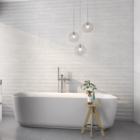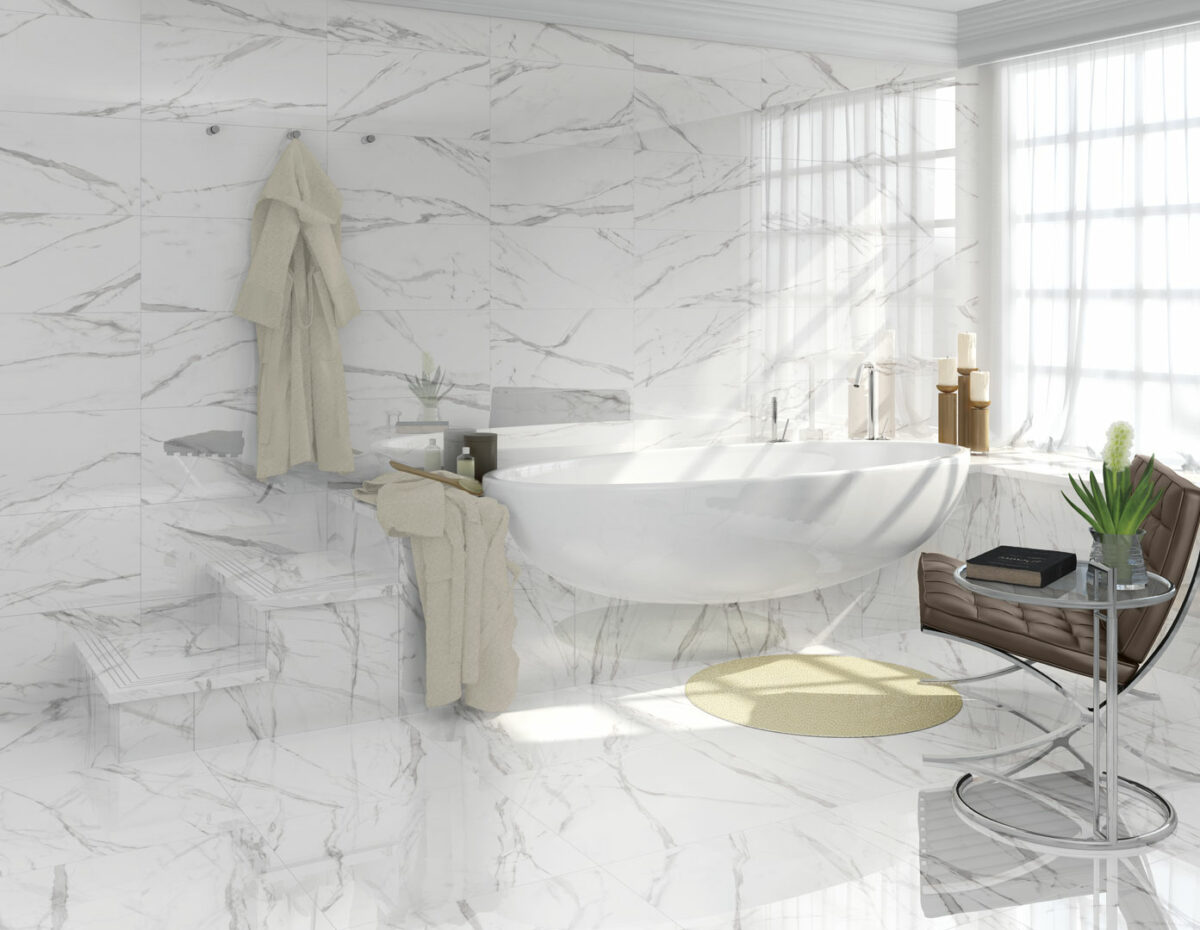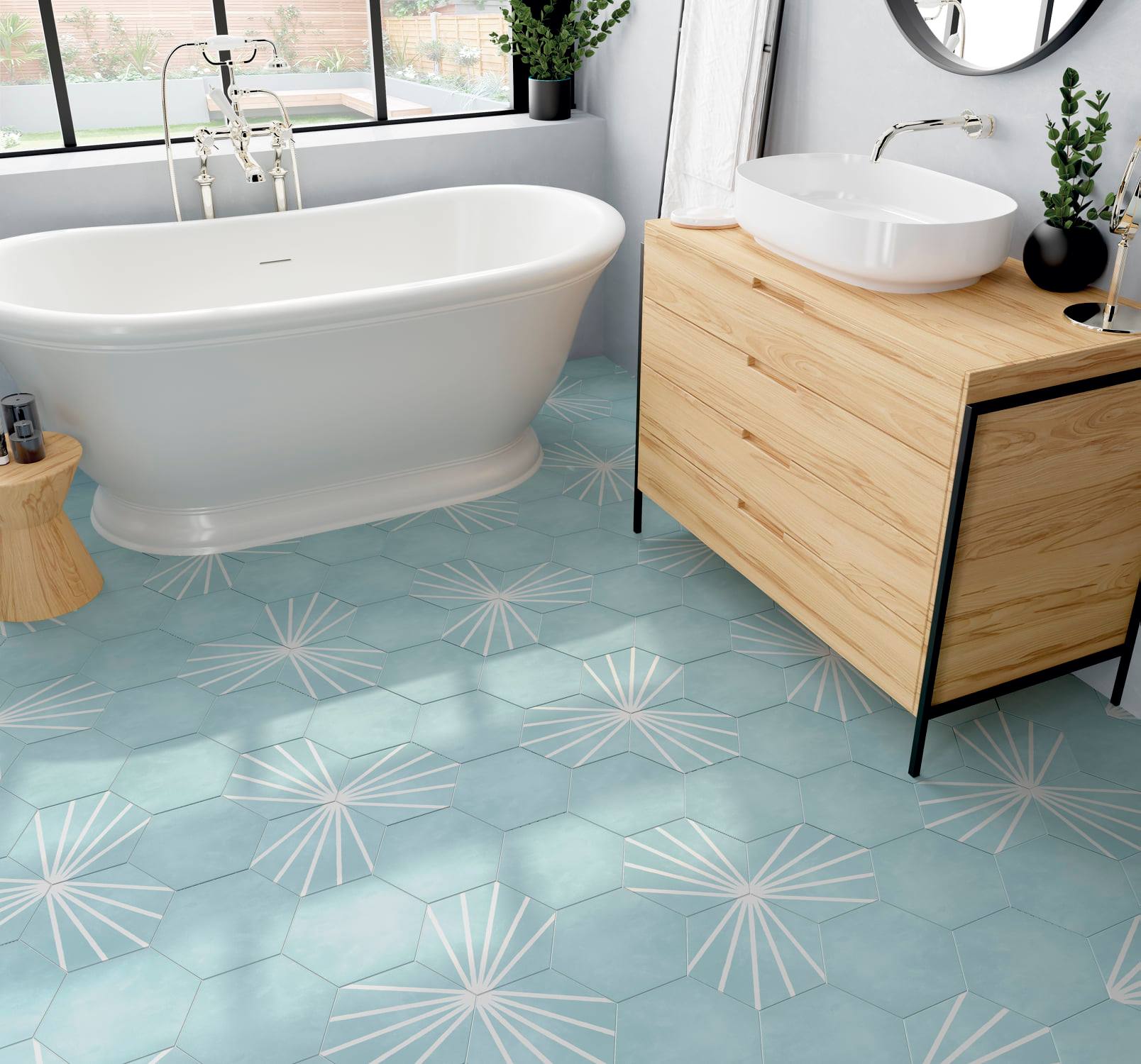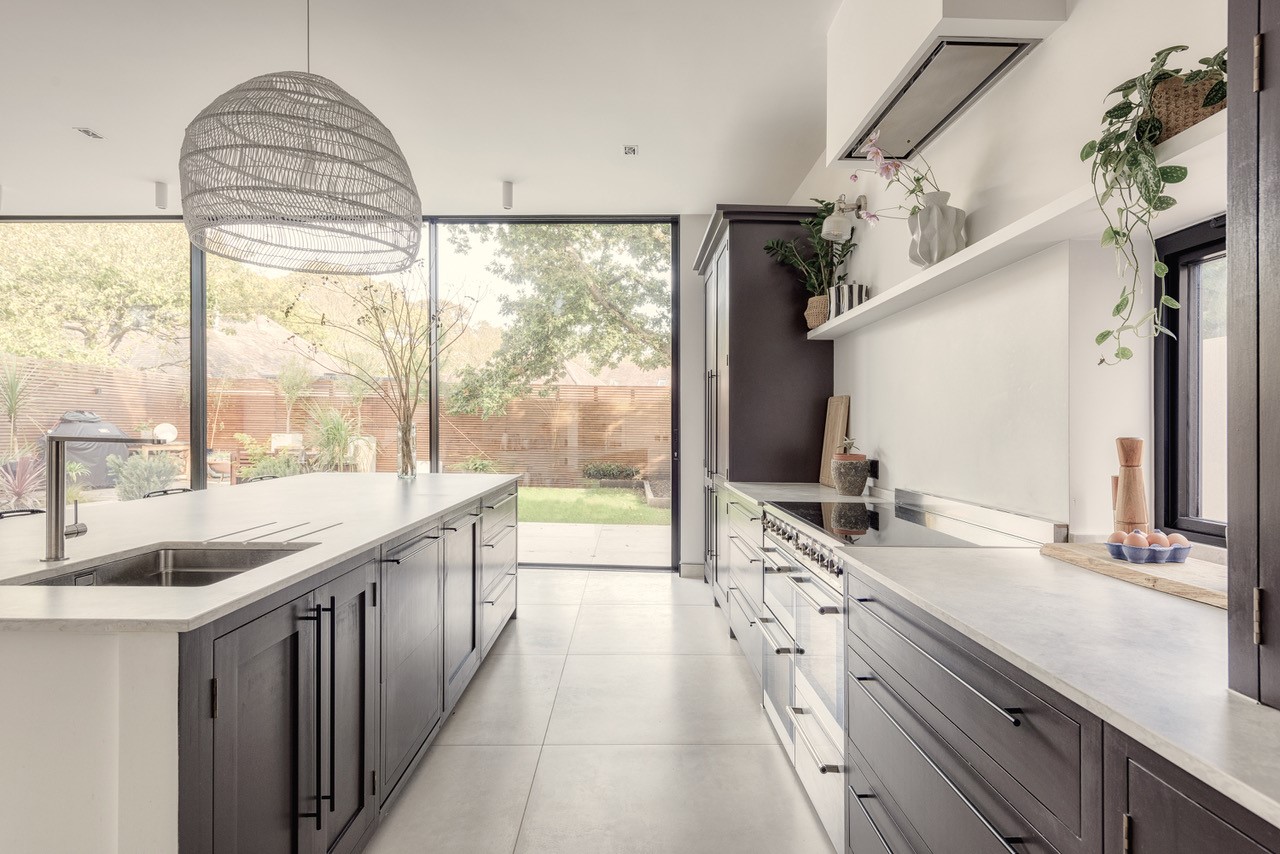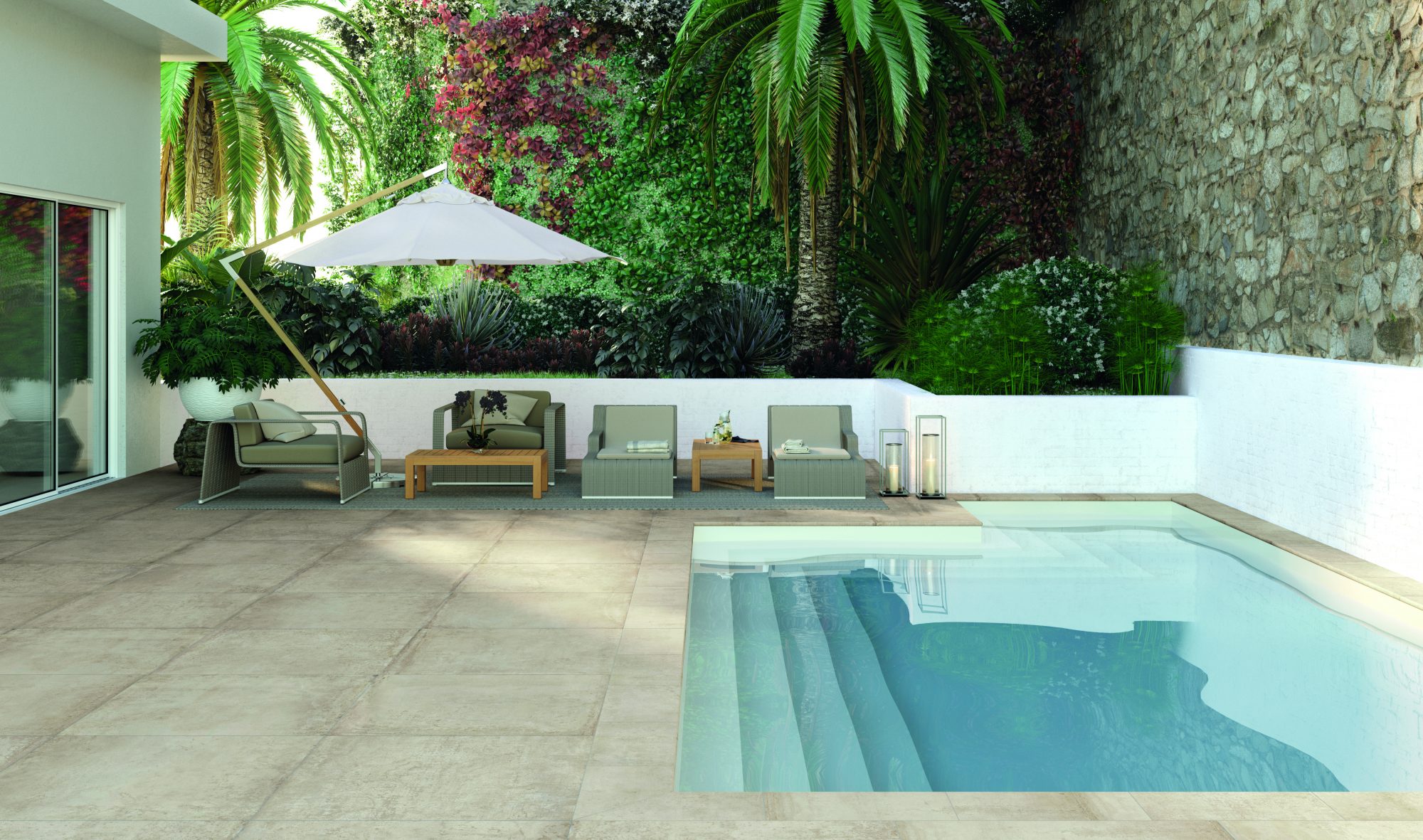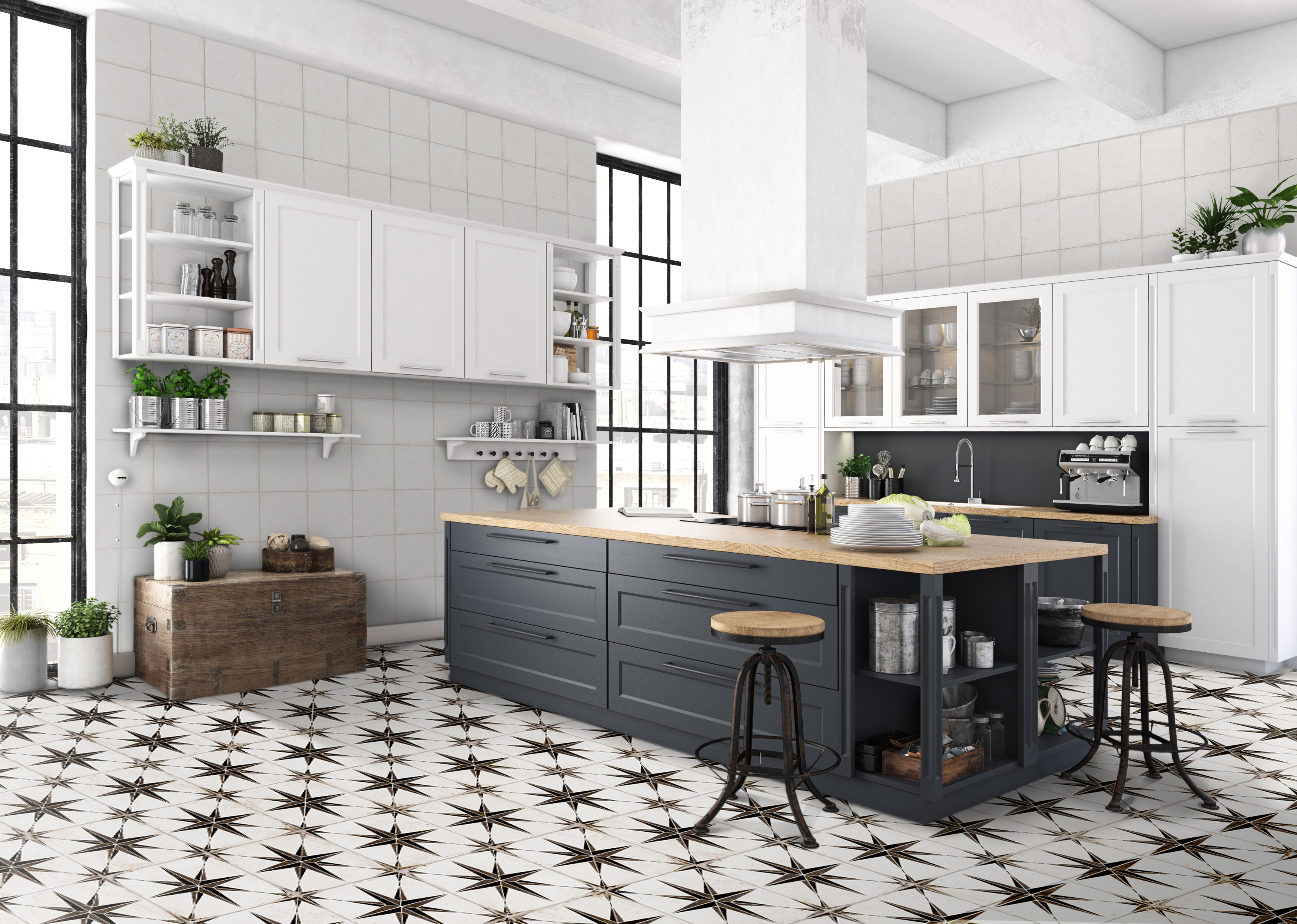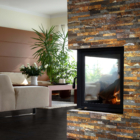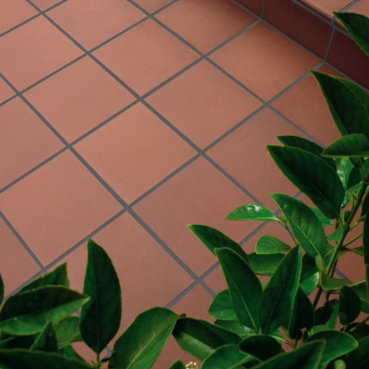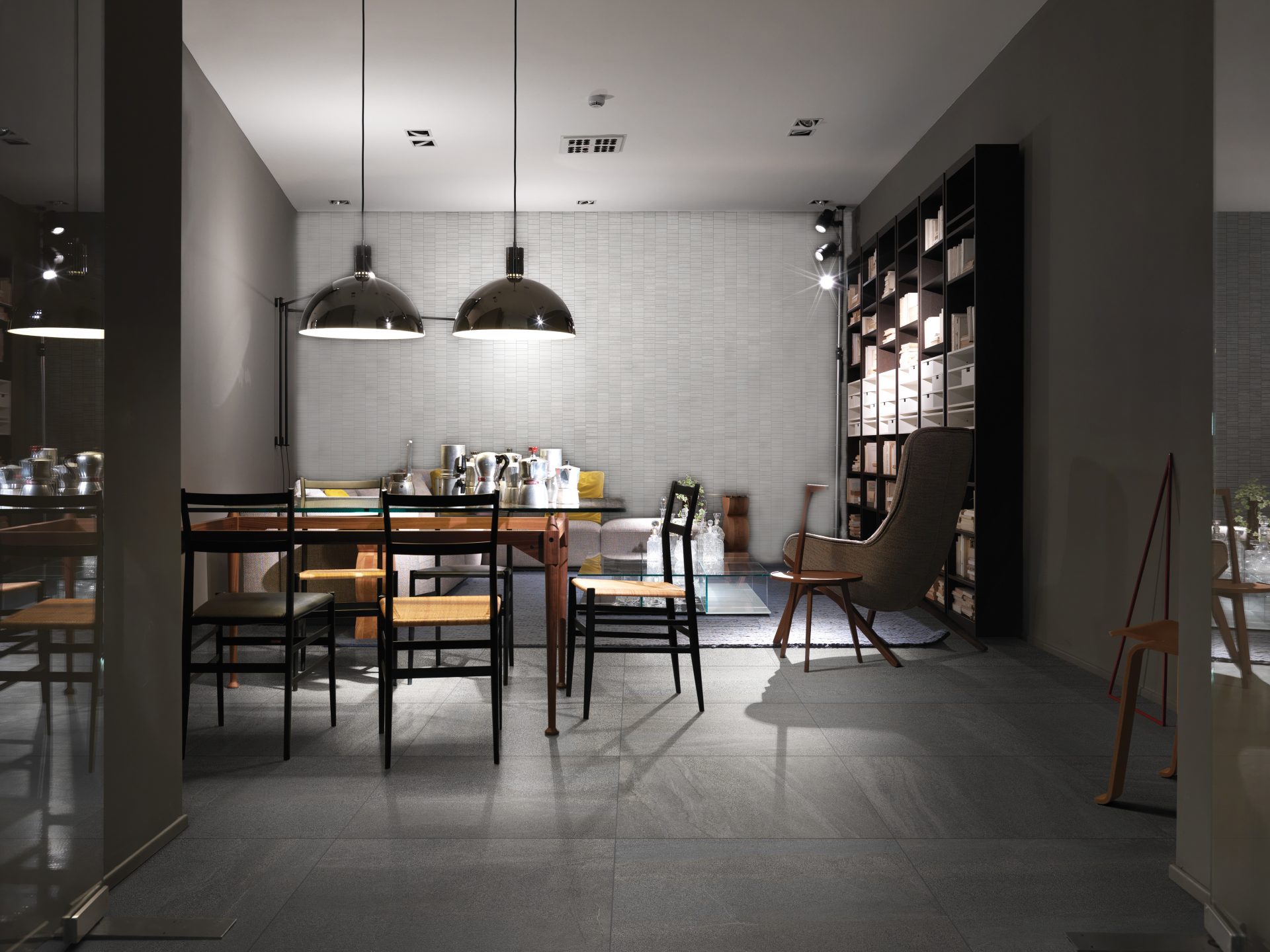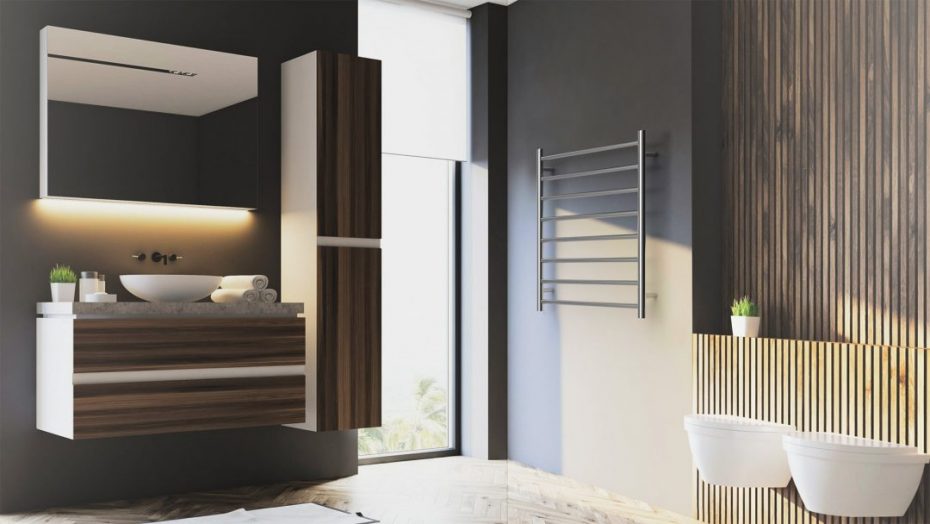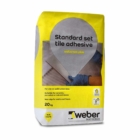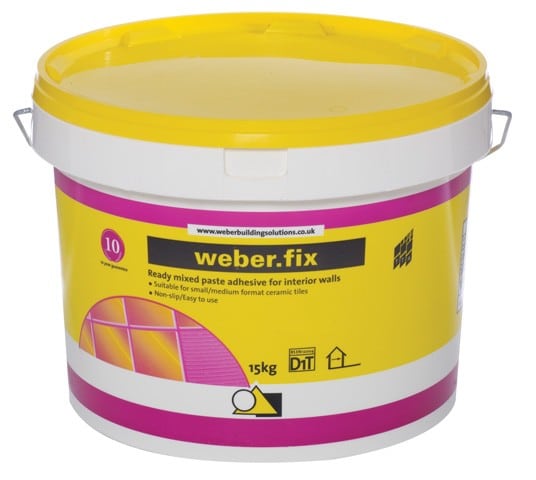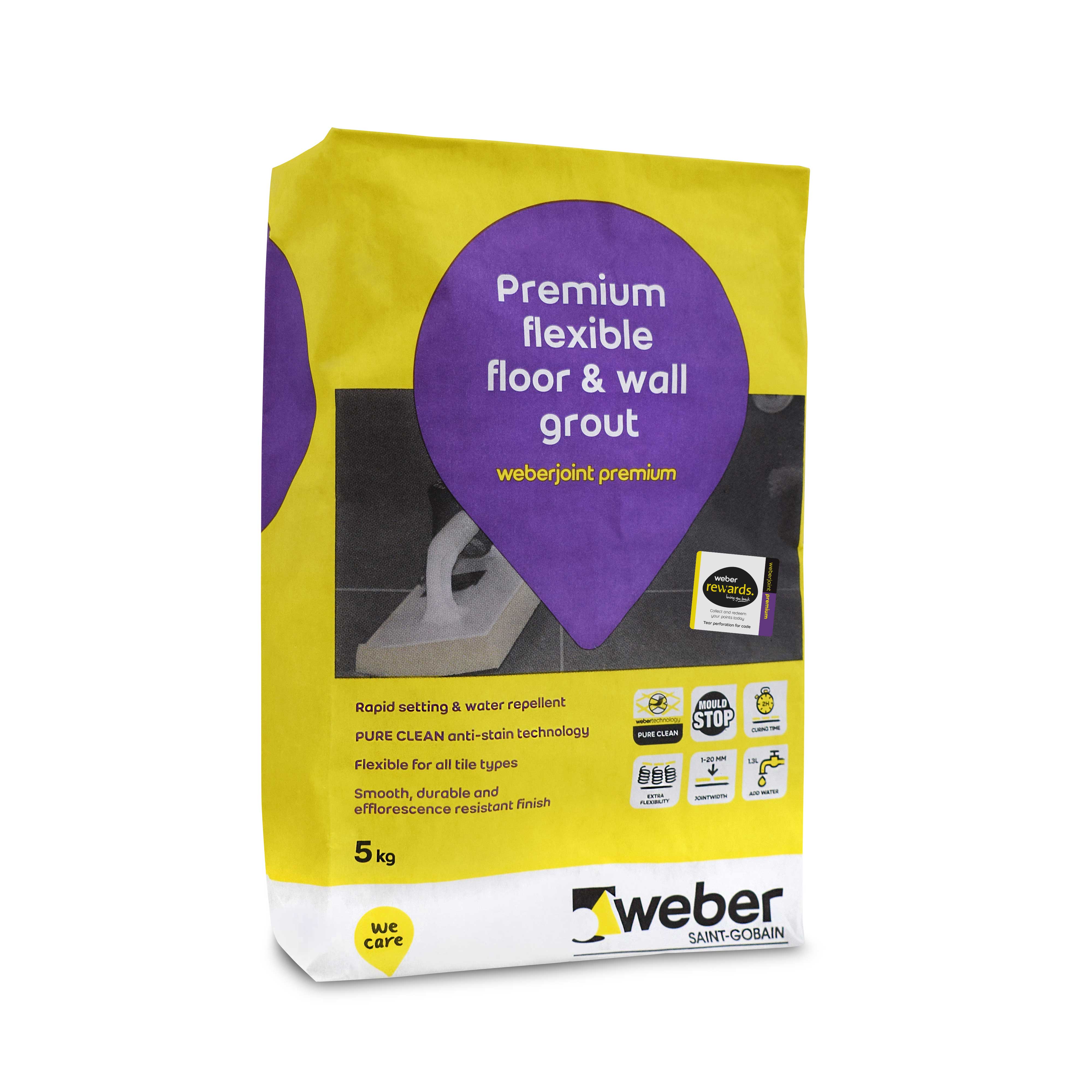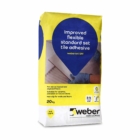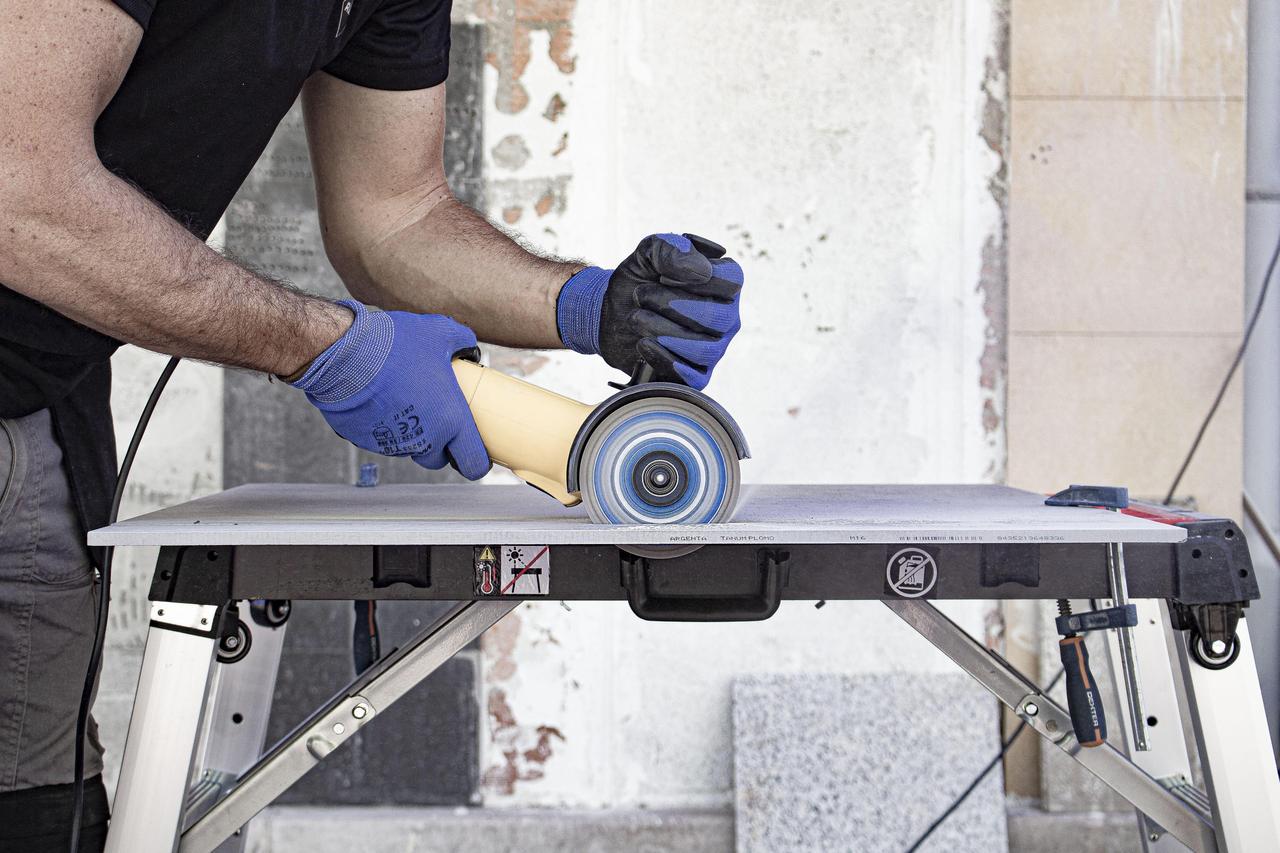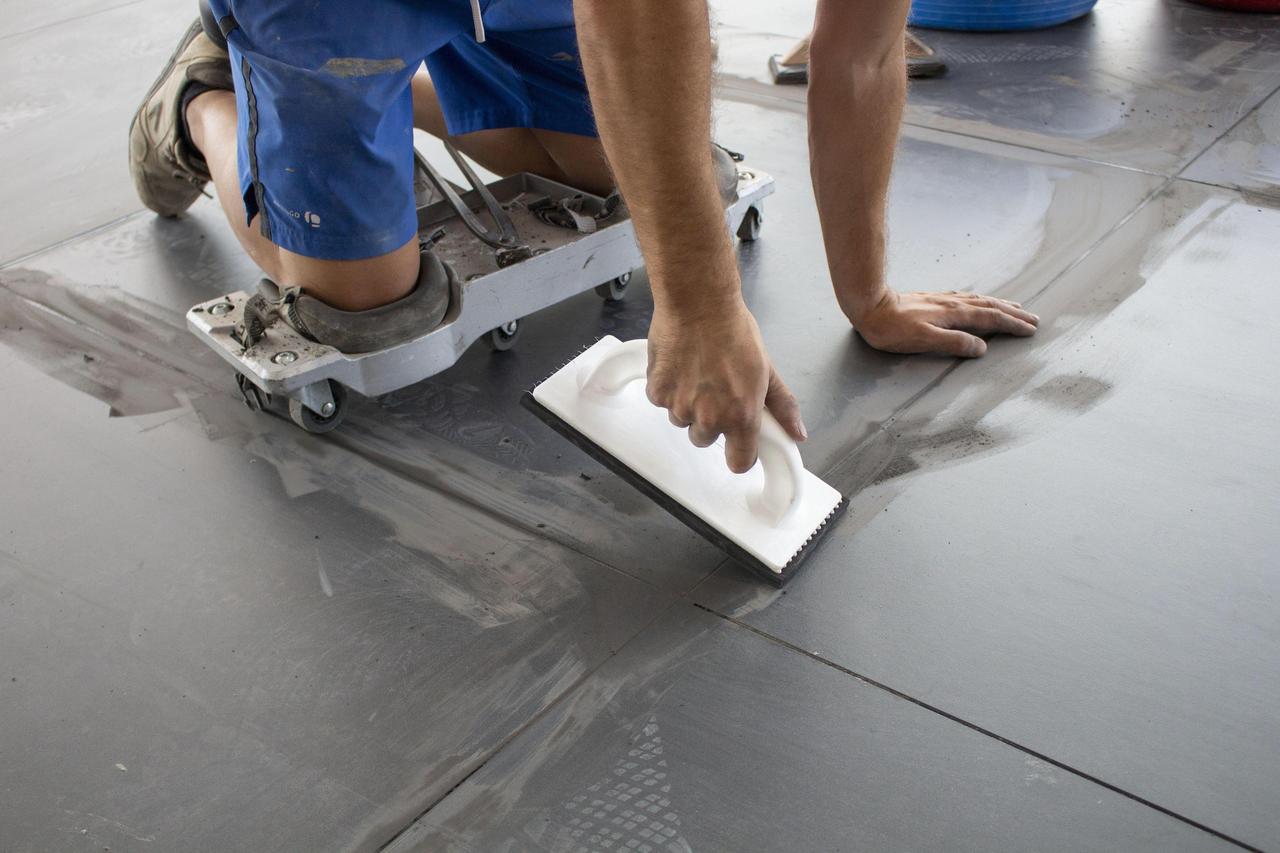Can I Install Tiles On Hardwood Floors?

Hardwood floors are a warm addition to any home. However, once they age or fall out of style, many homeowners may consider installing a new floor.
Tiling is an attractive option that is low maintenance, easy to clean, and available in a variety of attractive colours and designs.
View our video on “How to clean ceramic and porcelain tiles” here.
Installing new tiled floors is relatively simple. A common question many homeowners face is if they are able to install floor tiles over hardwood floors. We here at Atlas Ceramics are ready to answer this question!
Why do you want to tile over Hardwood?
Before getting to our answer, the real question should be: why do you want to tile over your hardwood.
You can tile over your wooden subfloors or old hardwood floor. However, it is important that you follow the same rules as you would for any other suitable installation.
If your hardwood floor is level and in good condition, it is possible to install tiles over the surface. You will need to do some additional prep-work to ensure a sound fit and a smooth surface. We will cover this in more detail below.
You can view our “how to tile onto wooden floors” YouTube video and our other video on “how to tile onto wooden floors with a cement base backer board” for more information on this topic.
These videos are informative, and they cover our recommended products to use during your installation.
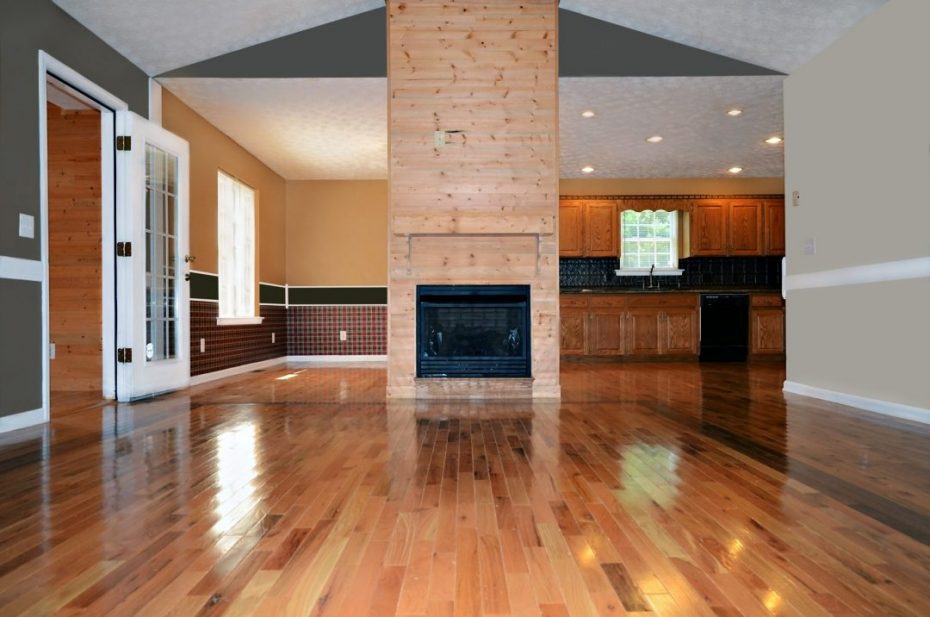
Motion Is Damaging For Tiles
Anytime you lay tiles, it is important that the surface has minimal motion. The main reason that tiling over hardwood directly is discouraged is that wood tends to shrink and swell according to the weather. This constant movement can cause tiles to loosen or even crack above the wood.
Hardwood floors that are made up of smooth narrow boards, or a smooth flat surface, are a good candidate for tiling with few adjustments.
Prior to laying down tiles on the hardwood surface, you will need to install a cement backer board. We recommend the No More Ply Cement Backer Board. This type of backing is easy to install with a few screws.
Backer boards ensure that your tiles have an even surface to bond with adhesive in the future. We recommend No More Ply self-drilling Torx screws and Mega Adhesive for your backer board installation.
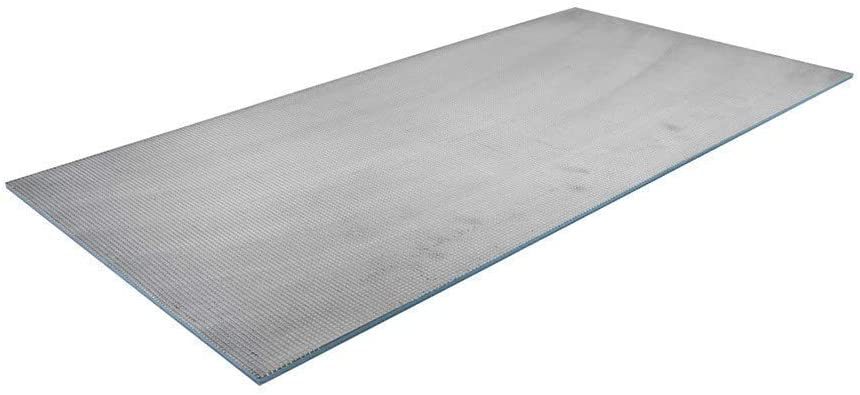
What Causes Wooden Floors To Move?
There are a few reasons that a wood-frame floor may move. One of the main causes is simply oversized framing.
A wide frame can cause the subfloor to move more than usual. Due to the extra length of the joists they lose rigidity which can cause an increased amount of “bounce” or movement within the laid floor.
Another contributor to movement within the floor is the space between each joist, the smaller the gap between the joists the less movement there will be due to the increased support.
A good test to see how much movement your floor has is to place a cup in the centre of your room and fill it to the brim with water. If the water spills as you walk around the room and cup then you know there is some level of deflection (like how you sink when you stand on a trampoline)
Subfloor Movement
A subfloor that is not correctly anchored to the frame can also result in moving tiles. If your tiles move, it can cause the bonds to break and the floor to become uneven.
One easy way spot issues with your subfloor prior to laying down tiles is to dance around. Yes, we mean that! Dance around, walk, tip your body side to side to find cracks, creaks or other areas on the subfloor that have movement. These simple issues can be fixed with extra fasteners prior to laying down new tile.
Subfloor Sheathing
The wrong subfloor sheathing can also lead to movement, which is not good for tile installations. In modern homes, subfloors are usually made of 3/4″ plywood. However, in many older homes the subfloors are crafted from wide plank floorboards. It is important to have a least 1 1/4th inches of subfloor sheathing in order to have the right support for your tiles.
So, if you have less than this height on your subfloor, you will need to add substrate layers until you achieve the proper thickness.
Hardwood floors are prone to motion because of their nature. Most hardwood floors are made up of individual planks that will have different rates of contraction and expansion. The only way to avoid movement when laying tile over hardwood floors is to secure the subfloor efficiently. This, of course, means fixing the wood to make sure that it stays in place.
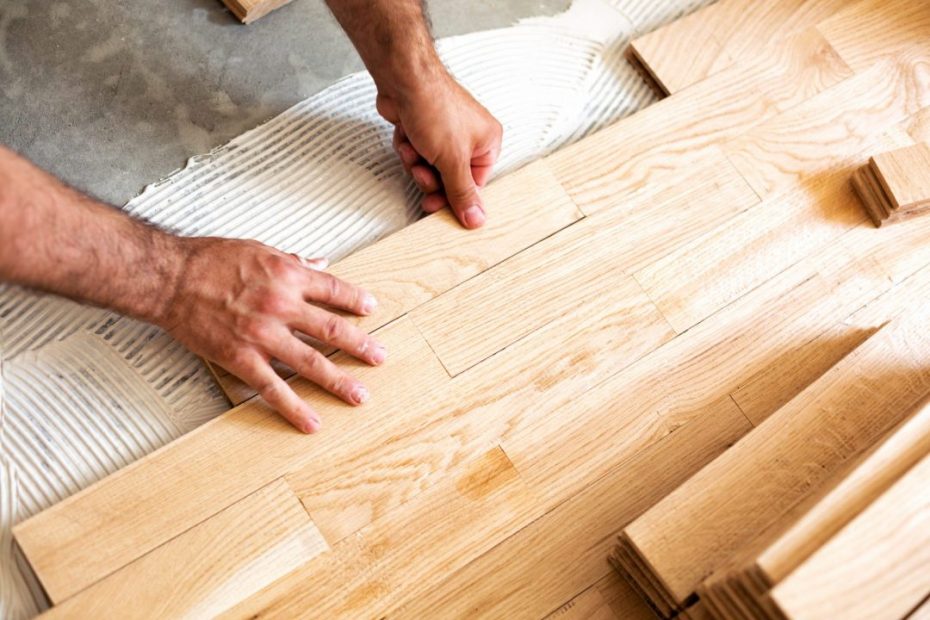
Clean Hardwood Surfaces Make Strong Bonds
In general, hardwood floors are coated with some type of polyurethane. This is done to seal the wood and keep it safe from the worst ravages that daily traffic can throw on it.
Polyurethane helps to repel dust, moisture, oil and other elements that can damage the surface. Unfortunately, polyurethane also repels other substances that are seeking to bond with the wood, such as tile adhesive. In order to install tiles over wood, you will need to remove any dirt or dust build-up on the surface. Then, strip down the polyurethane so that your subfloor can bond with your tile.
The quickest way to get rid of that layer of polyurethane is to sand down the hardwood. Use a 30 grit or lower sandpaper to create a clean surface that is also slightly rough. The rougher the surface of your hardwood, the easier it will be for the tile adhesive to create a strong bond.
Final Thoughts From Atlas Ceramics
Although we don’t recommend tiling over hardwood, you can if you prepare your surface correctly. In most instances, it is much easier to remove the old hardwood and install brand new cementitious backer board, or general plywood as your subfloor.
Both are excellent materials that will create a strong bond between that will help your tile last for years to come. You can also use a tile backer board, but it has a lower weight compatibility which may be a problem in high foot traffic areas.
If you are planning to install tiles in wet rooms, such as the bathroom or behind counters, the tile backer board is a great option. The material is moisture-resistant, and for no foot traffic areas it is a perfect base layer.
More info
If you do choose to install tiles over your existing hardwood floor, follow the tips we have listed above. This will help give your tiles a solid base that will stop them from moving or cracking over time.
If you are in need of tile advice or if you are considering upgrading the flooring in your home, you can give us a call on 01425 621173 for more information and we will be happy to help.


